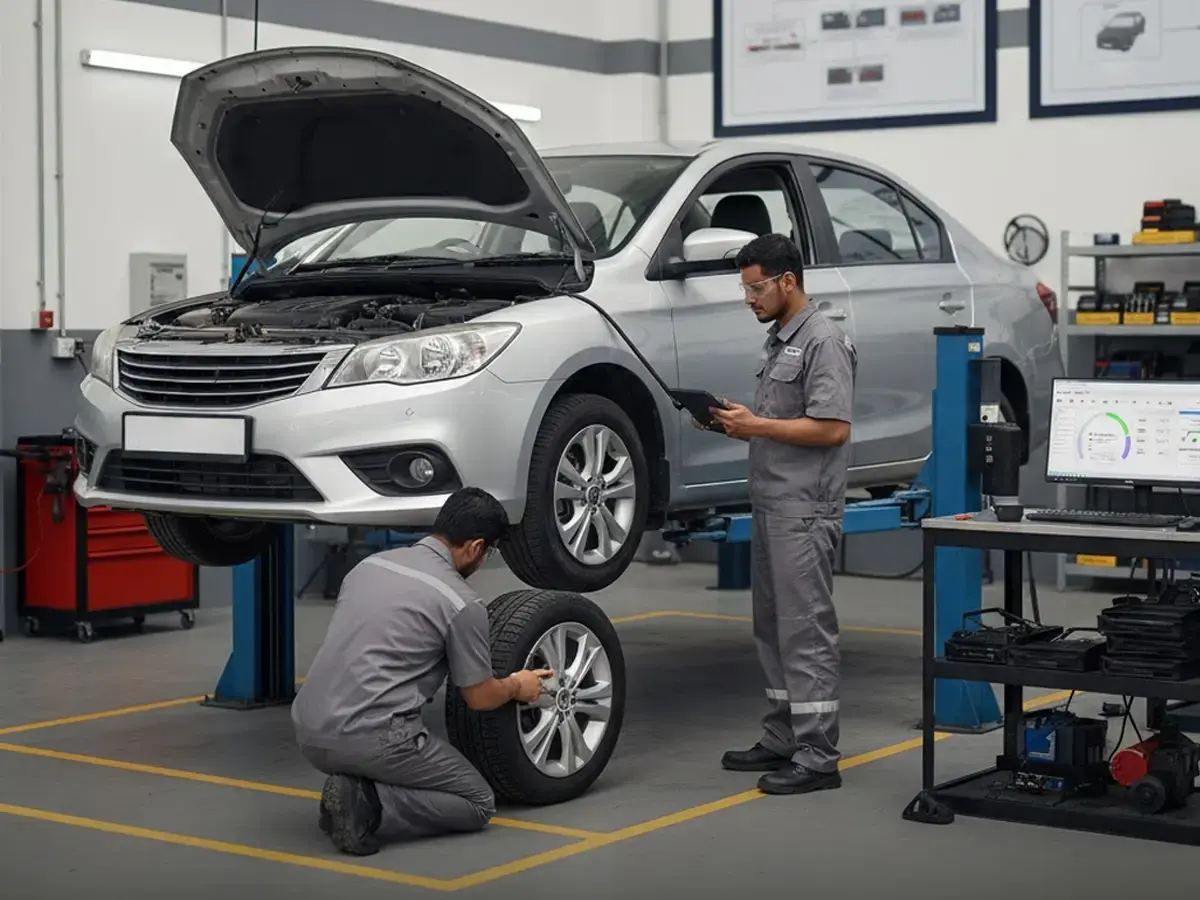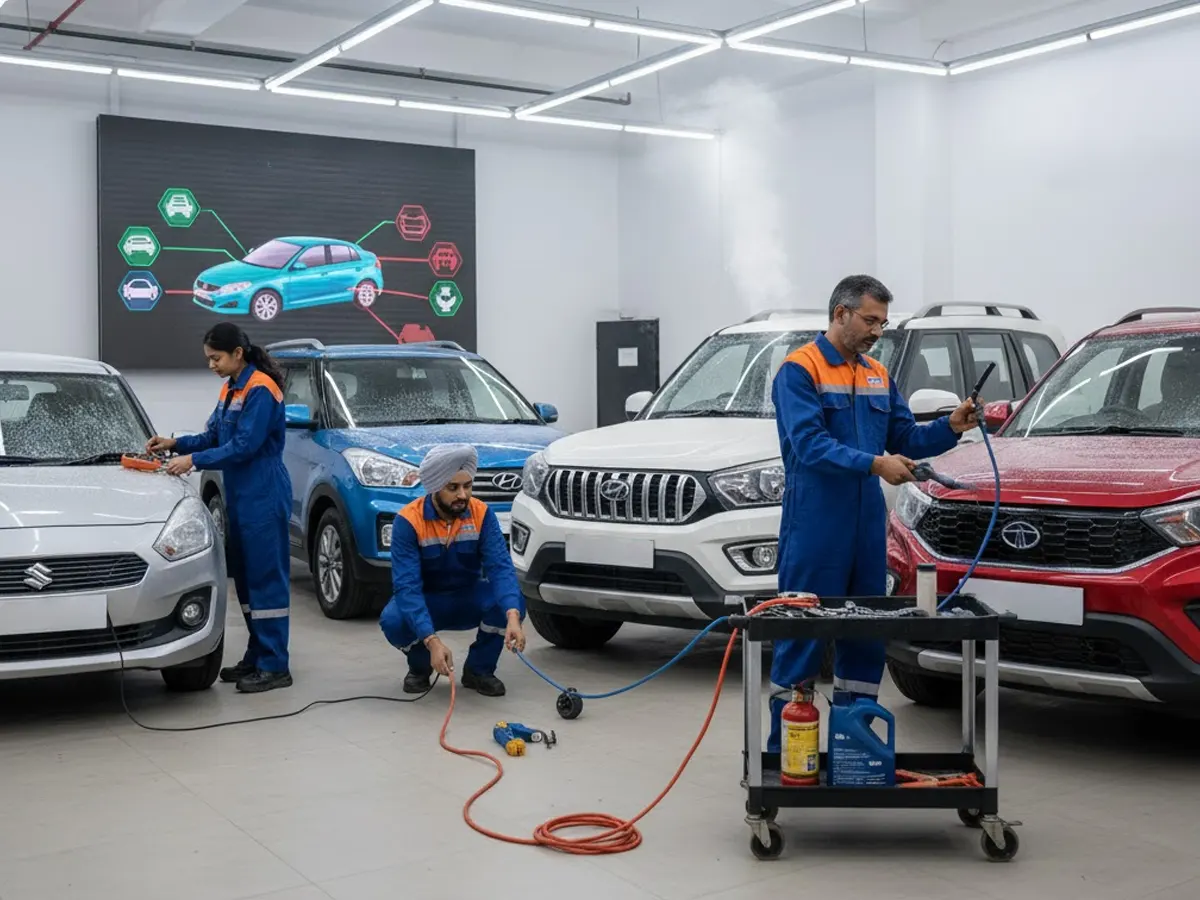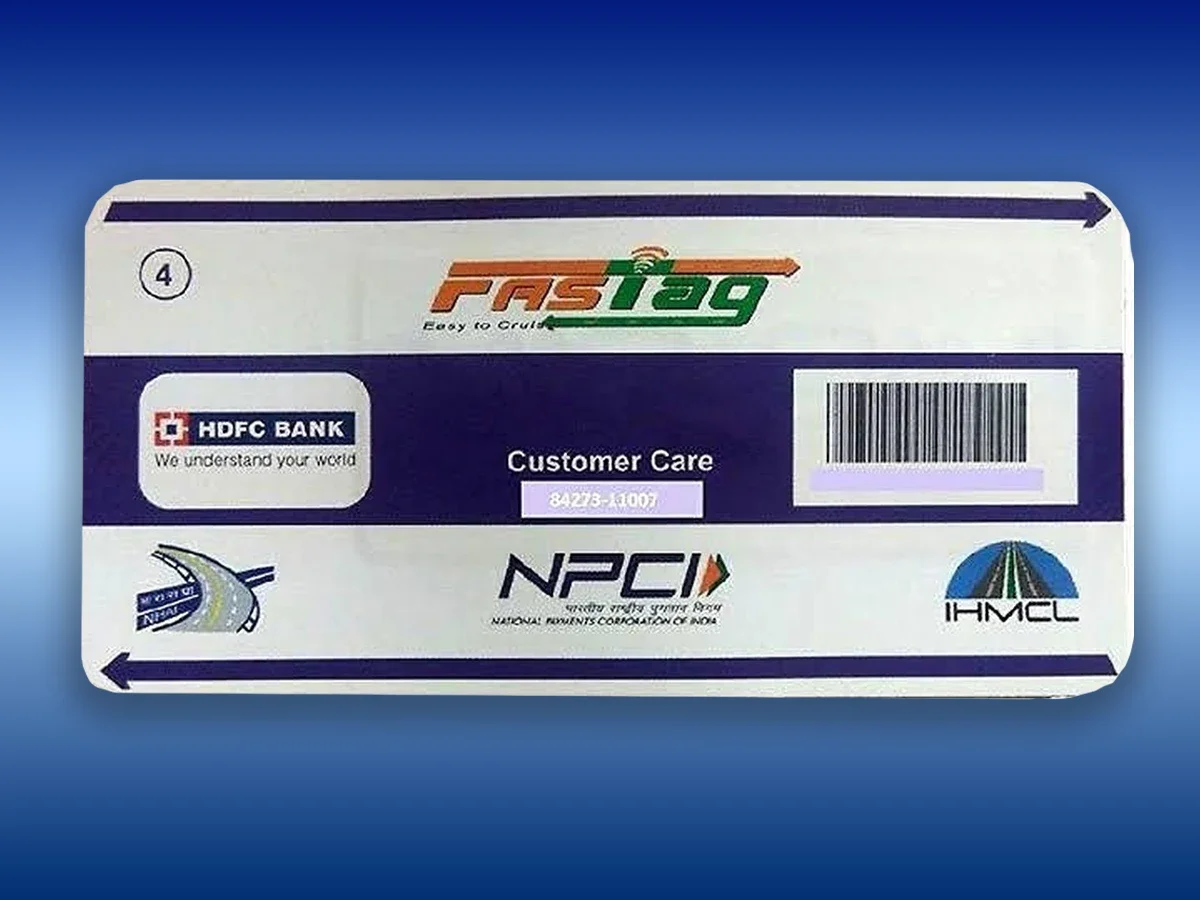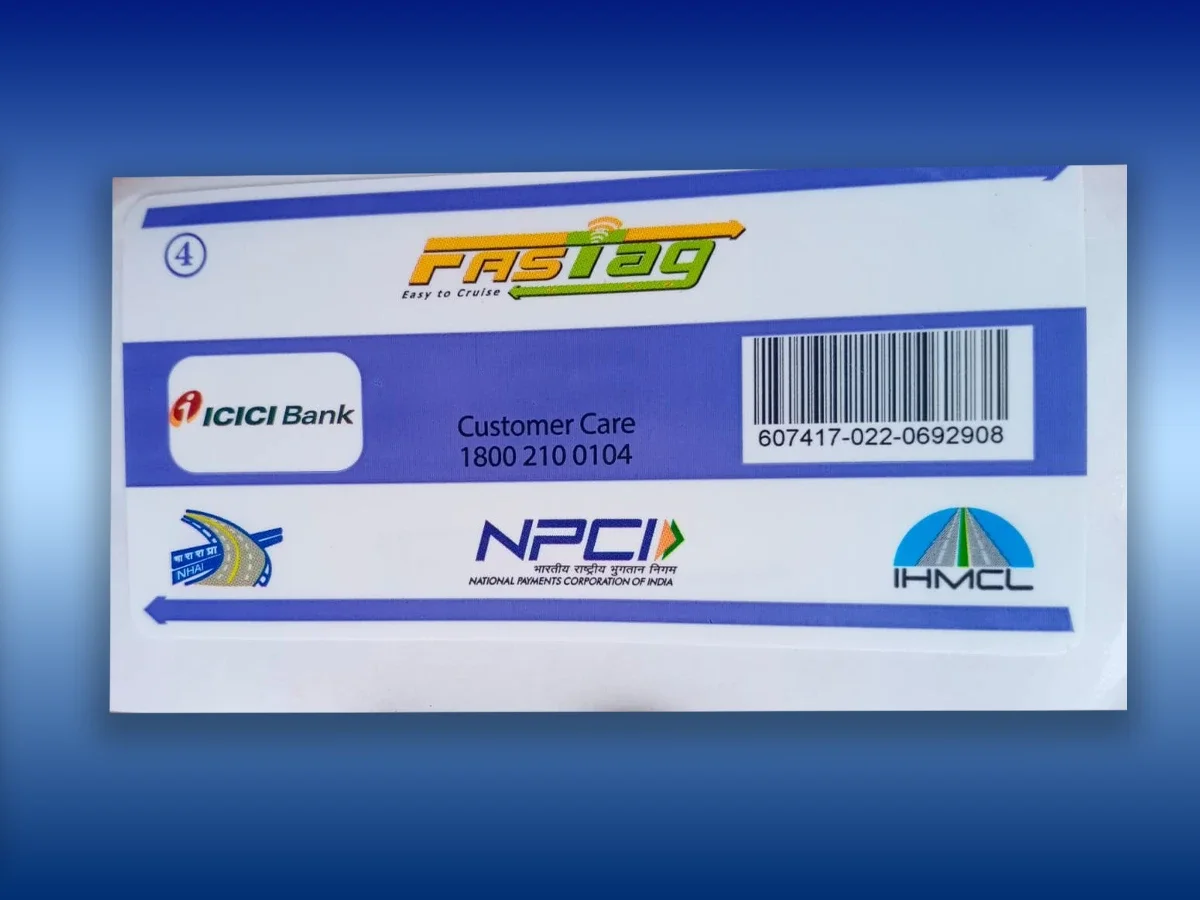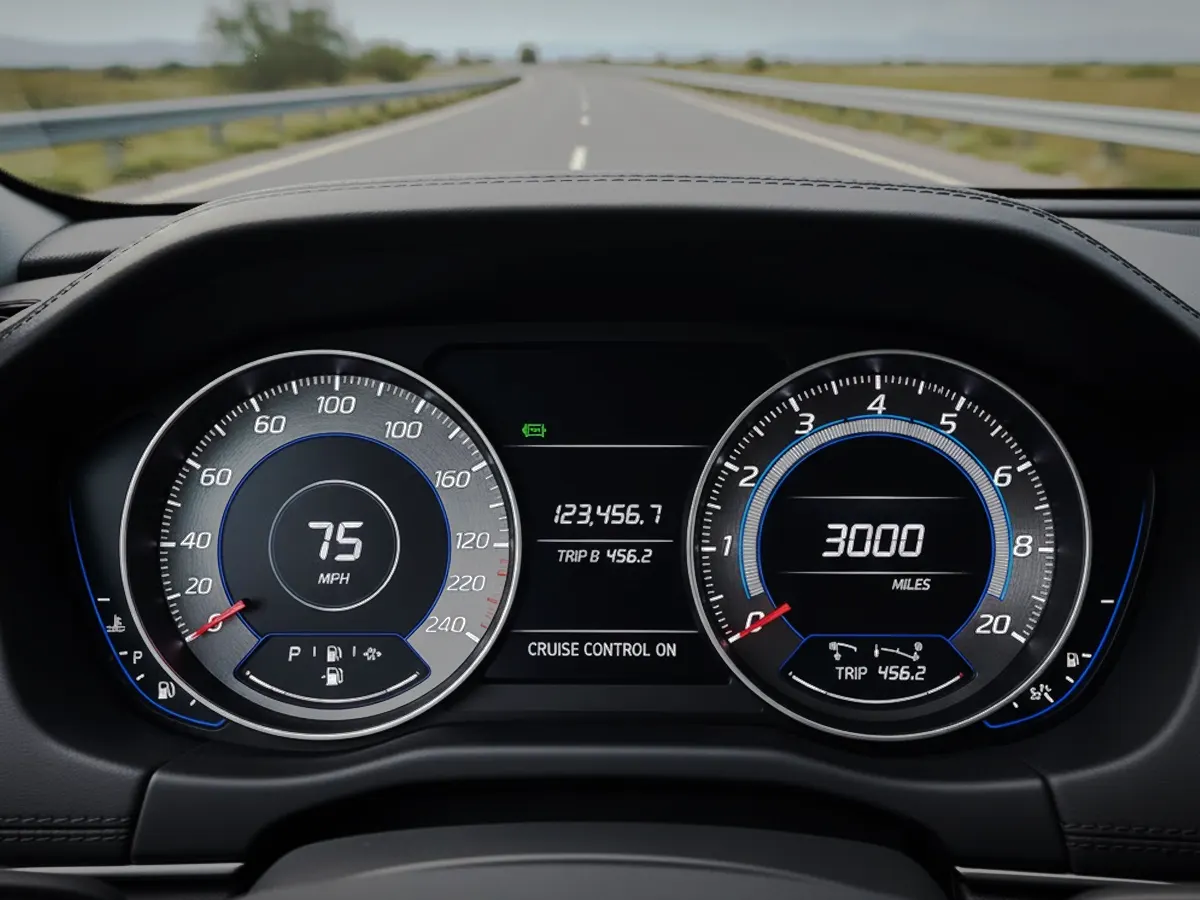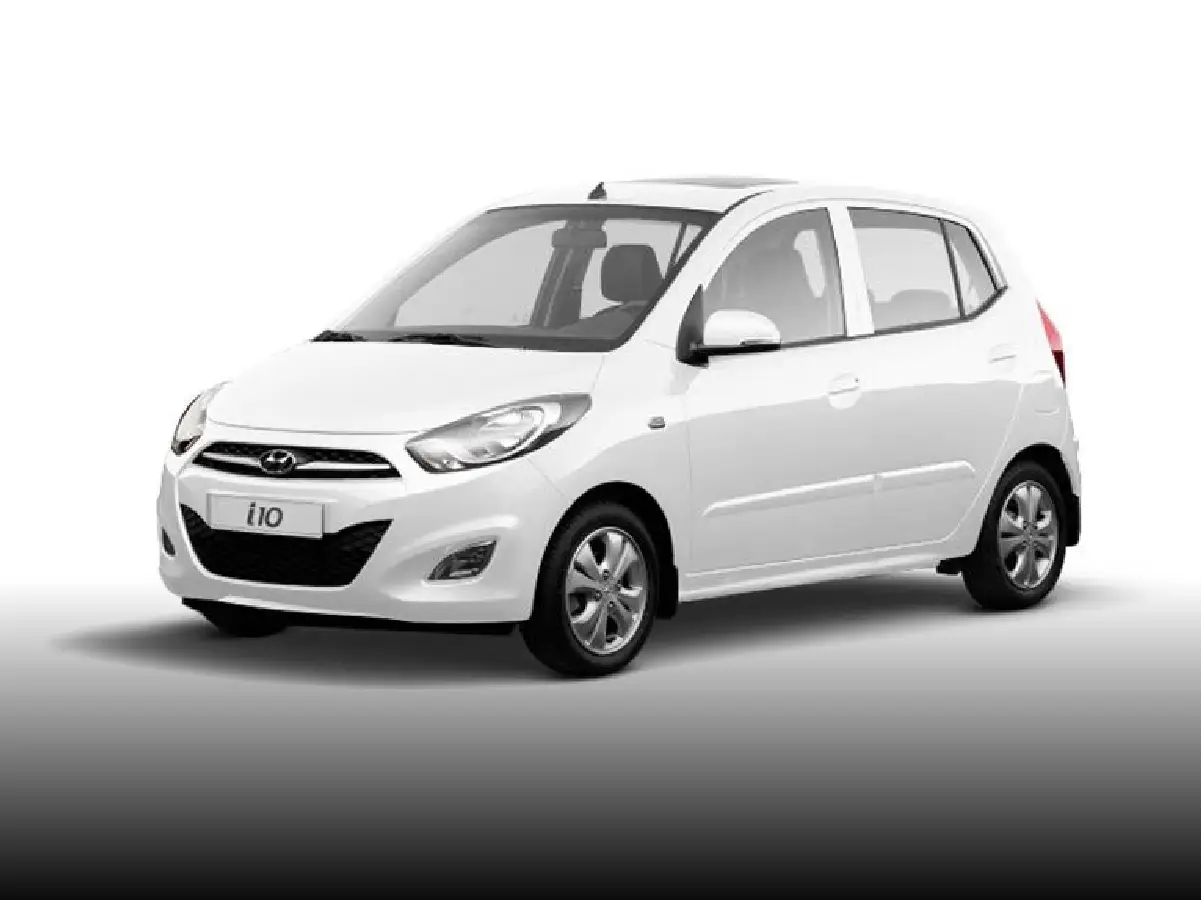

Common Signs of Wear in a Pre-Owned Hyundai i10 You Shouldn't Ignore
- 1Clutch, gearbox, suspension, and steering checks can prevent used Hyundai i10 issues
- 2Watch brakes, tyres, engine leaks, rust, and electrical quirks before buying
- 3Smart checks and service records help keep your used Hyundai i10 reliable for years
- 1. Clutch & Gearbox: Feel Every Shift
- 2. Suspension & Steering: Ride Comfort vs Hidden Fatigue
- 3. Brakes & Tyres: The Safety Check
- 4. Engine & Cooling: Small Leaks, Big Clues
- 5. Rust & Body Panels: The Silent Deterioration
- 6. Electrical & Accessories: Don’t Ignore the Small Stuff
- 7. Mileage and Fuel Efficiency Decline
- 8. Timing Belt and Engine Components Wear
- Quick Pre-Purchase Inspection Tips
- Summary
The Hyundai i10 has earned its spot in India’s small car scene for years. Reliable, practical, and surprisingly spacious for its size, it’s one of those cars that make city life easier without screaming for attention. But when it comes to buying pre-owned, looks can be deceiving. A seemingly flawless i10 may conceal problems that could turn your deal into a nightmare. The first step to making a smart purchase is to know the common used Hyundai i10 issues.
Although the i10 is built tough for daily use, age, mileage, and city driving take their toll. From drivetrain wear to suspension sag, spotting these issues early can save you a lot down the road. Let’s go over the common areas to inspect before you buy a used Hyundai i10.

1. Clutch & Gearbox: Feel Every Shift
The clutch and the gearbox are one of the most significant indicators of used Hyundai i10 issues. Experienced owners often flag these as the most frequent pain points in high-mileage cars.
When you test-drive a used Hyundai i10, pay attention to:
- Clutch slippage: When the engine revs increase without a matching increase in speed, then the clutch may be wearing out.
- Heavy pedal or inconsistent engagement: A stiff clutch or uneven engagement usually hints at worn friction plates.
- Gearbox play or grinding: Sluggish shifts or strange noise in neutral or reverse may be a sign of worn synchronisers or linkage issues.
Even a small misalignment or wear here can lead to costly repairs, so don’t ignore these warning signs.
2. Suspension & Steering: Ride Comfort vs Hidden Fatigue
Suspension parts such as ball joints, tie rods and bushes may wear over time, resulting in a sagging suspension. This is evident in older models or those that have been in heavy use. Also, steering problems like play or vibrations may arise, which in most cases are caused by worn out steering components. These parts are important and must be checked regularly and replaced in time to ensure comfort and safety during driving.
Tip: Take the car through corners, potholes, and sudden lane changes. Your hands and ears are the best tools to detect used Hyundai i10 issues in the suspension or steering.
3. Brakes & Tyres: The Safety Check
It is easy to overlook, but brakes and tyres are important wear indicators.
- Brake pedal feel: A spongy pedal response or delayed braking usually indicates worn pads or a fatigued master cylinder.
- Uneven tyre wear: May be a sign of alignment or suspension issues that are usually hidden.
- Noise under braking: Squeaking or grinding usually indicates that the discs or pads are in need of replacement.
One of the owners on a forum reported that he had problems with the brakes because of the incorrectly installed or defective callipers or brake pads. Frequent brake checkups are essential for safe driving.
Even the slightest braking issues can affect everyday driving confidence and should be examined prior to purchasing your used Hyundai car.
4. Engine & Cooling: Small Leaks, Big Clues
The i10 engine is generally reliable, but a used car may have some telltale signs of wear that are easy to overlook unless you inspect closely:
- Look for oil leaks around the valve cover gasket, sump, or oil filter. Small leaks are easy to handle, but large ones may be a sign of negligence.
- Inspect the coolant and radiator for low levels, rusty water jackets, or residue, which are also a typical sign of poor maintenance.
- If you hear knocking or ticking at idle, it is an early warning sign of timing chain or tappet wear.
Even when everything seems fine on a short drive, a close inspection under the hood reveals most hidden used Hyundai i10 issues.
5. Rust & Body Panels: The Silent Deterioration
Rust may also be a silent killer and particularly in units that have been running in high humidity or coastal areas. Check the underbody, door sills and wheel arches for any sign of corrosion. In most cases, surface rust is easy to deal with, however, when it has reached structural parts, it may affect the integrity and safety of the vehicle.
6. Electrical & Accessories: Don’t Ignore the Small Stuff
Older Hyundai i10 models have reported electrical problems. Owners have complained of the central locking system, misfiring, and sensor issues. For instance, one BHPian reported that he had misfiring after changing spark plugs and cables, which may have been a symptom of underlying electrical problems. These problems can lead to unexpected repair costs and inconvenience.
Electrical issues may seem minor, but they do add up over time. You should also check for:
- AC cooling or blower inconsistencies
- Power window failures
- Dashboard warning lights that don’t turn off
Even if the car drives fine, these small used Hyundai i10 issues can signal neglected maintenance or ageing wiring harnesses.
7. Mileage and Fuel Efficiency Decline
Although the Hyundai i10 is reputed to be fuel efficient, older models could deliver less mileage as a result of engine wear or other reasons. A BHPian said that the fuel efficiency of their i10 reduced to 10-11 km/l, which is less than the anticipated range. If the car has been well-maintained, it should still offer reasonable fuel efficiency.
8. Timing Belt and Engine Components Wear
The timing belt is an important part of engine functioning. It can wear out with time and require replacement. Failure to do so may result in misfiring of the engine or even serious engine damage. Such problems can be avoided by regular servicing and following the recommended service intervals stated by the manufacturer.
Quick Pre-Purchase Inspection Tips
To make your life easier before buying:
- Ask for service history and bills because consistent maintenance is a huge plus.
- Take a mechanic along for a pre-purchase inspection, as even ₹1,000 spent here can save ₹30,000+ later.
- Check high-mileage wear points such as clutch, suspension, brakes, and tyres.
Summary
A used Hyundai i10 can be a reliable and affordable city car if you know what to look for. The fundamental wear indicators that are not given much attention by buyers are clutch and gearbox wear, suspension sag, braking performance, minor leaks, rust, and electrical issues. Catch these used Hyundai i10 issues early, and you’ll drive away with a car that runs smoothly for years.
It is important to remember that buying a pre-owned i10 is not only about the cost but also about choosing a car that is well-maintained and in good mechanical condition. With proper checks, you save the expensive surprises and have the comfort, efficiency and convenience that this compact car has built its reputation on.
Frequently Asked Questions
Expand all